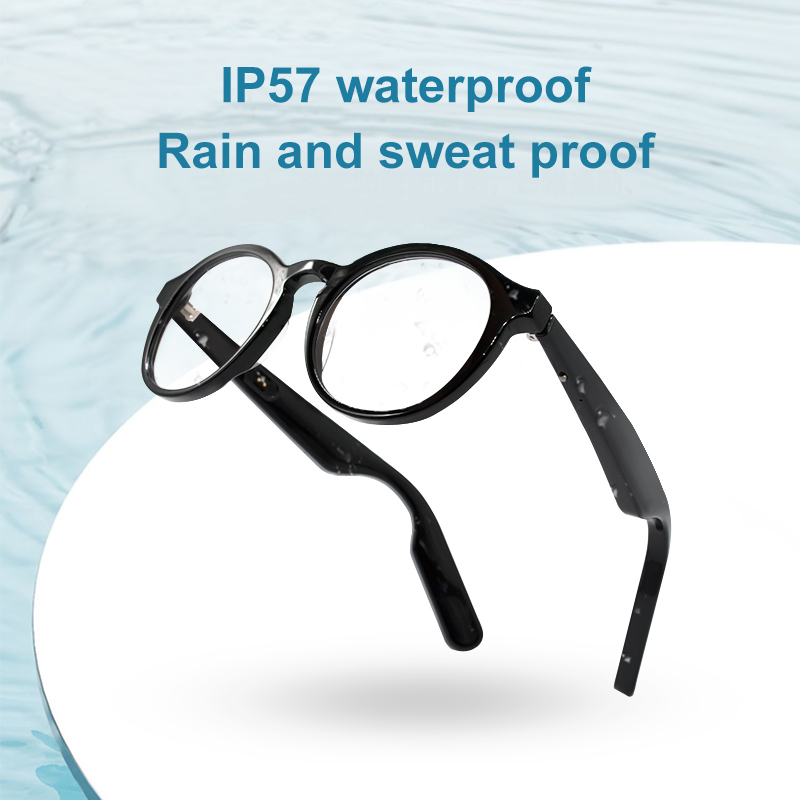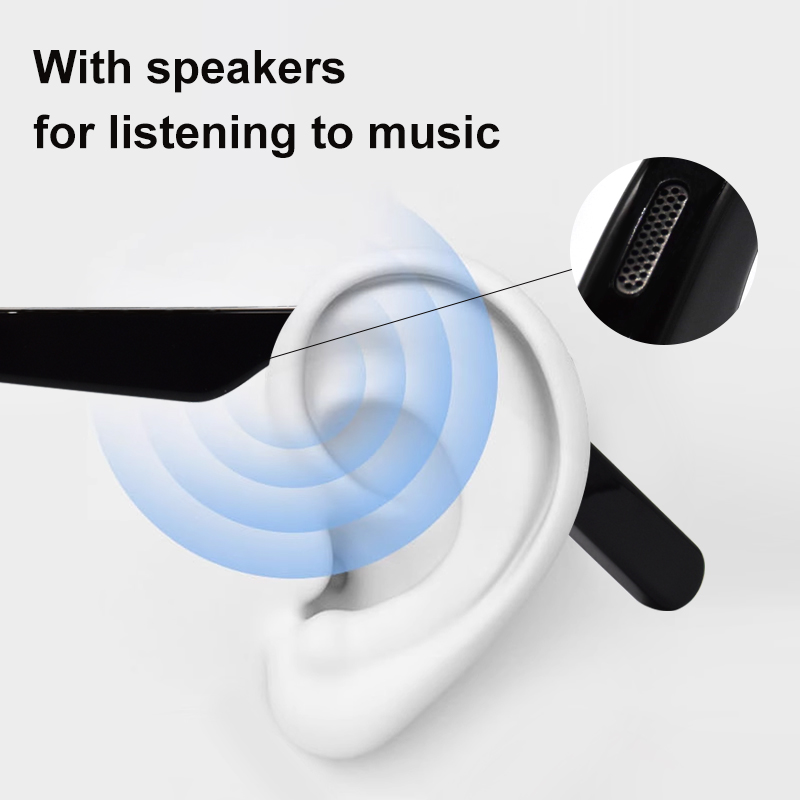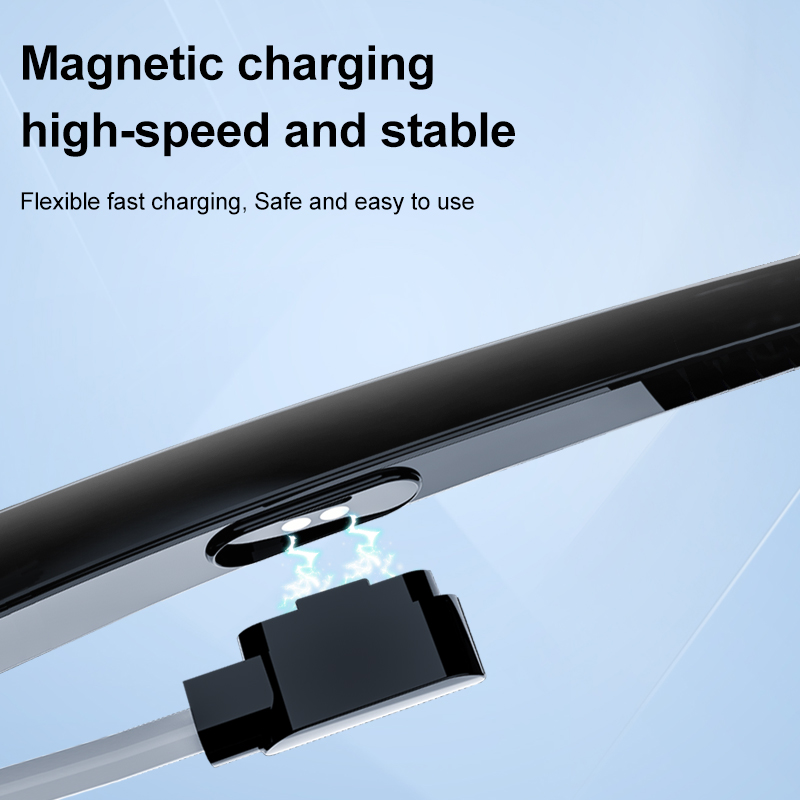- Select Language
One Device, Dual Functions – A Projector and a Com...
Explore an innovative Personal Digital Assistant f...
Smart glasses have become one of the most anticipated innovative products for consumers and businesses. The market is currently divided into two main categories: augmented reality (AR) and virtual reality (VR) smart glasses. Although they may seem similar at first glance, their underlying technologies, application scenarios, and advantages differ significantly. This article will help you understand the differences between the two and determine which type is better suited to your needs.
1. What are AR smart glasses?
Augmented reality (AR) smart glasses overlay digital information (such as text, images, or 3D objects) onto the real-world environment. They enhance users' perception capabilities without completely isolating them from their surroundings.

Key features of AR smart glasses
Transparent lenses: Users can interact with digital overlays while viewing real-world objects.
Real-time data display: Suitable for navigation, translation, or real-time instructions during work.
Lightweight and portable: Typically designed for daily use, with longer battery life than VR models.
Common application scenarios
Outdoor navigation and travel assistance
Industrial training or on-site work (e.g., assembly guidance)
Fitness tracking and health monitoring
Minimal visual interference during social interactions

2. What are VR smart glasses?
Virtual reality (VR) smart glasses (or headsets) fully immerse users in a digital environment, blocking out the real world to provide a fully immersive experience.
Key Features of VR Smart Glasses
Fully immersive experience: 360° visuals and audio, suitable for gaming, virtual meetings, or simulated scenarios.
High-resolution display: Designed for realistic visual effects in entertainment or professional training.
Controller support: Typically paired with handheld controllers for interactive experiences.
Common application scenarios
Gaming and immersive entertainment
Virtual travel or cinema-quality experiences
Professional simulations (e.g., medical or military training)
Virtual meetings and collaborative workspaces
3. AR vs. VR: Feature Comparison
| Feature | AR Smart Glasses | VR Smart Glasses |
| Experience | Enhances reality with overlays | Fully immerses in digital world |
| Awareness | User stays aware of surroundings | User is isolated from surroundings |
| Portability | Lightweight, often portable | Bulkier, used in stationary settings |
| Primary Use | Navigation, productivity, field work | Gaming, entertainment, training |
| Price Range | Moderate to high | Moderate to high (varies by quality) |
4. How to Choose the Right Smart Glasses
When selecting AR or VR smart glasses, consider the following factors:
Primary Use:
Choose AR if you need to interact with the real world and add information (e.g., navigation, work assistance).
Choose VR if you want to achieve full immersion in games, simulations, or virtual activities.
Mobility and Lifestyle:
AR glasses are more suitable for on-the-go use and daily wear.
VR glasses are more suitable for indoor environments where immersion is key.
Budget and Compatibility:
Ensure the device is compatible with your smartphone or computer.
AR devices like Nreal Air are lightweight but more expensive; VR devices like Meta Quest 3 offer a powerful standalone experience.

Both AR and VR smart glasses present digital content in innovative ways, but their application scenarios differ. If you prioritise the integration of real-world perception with digital augmentation, AR is the best choice. For users seeking an immersive virtual experience, VR offers unparalleled immersion. By aligning the technology with your lifestyle and needs—whether for work, travel, or entertainment—you can invest in a smart glasses solution that truly enhances your daily life.